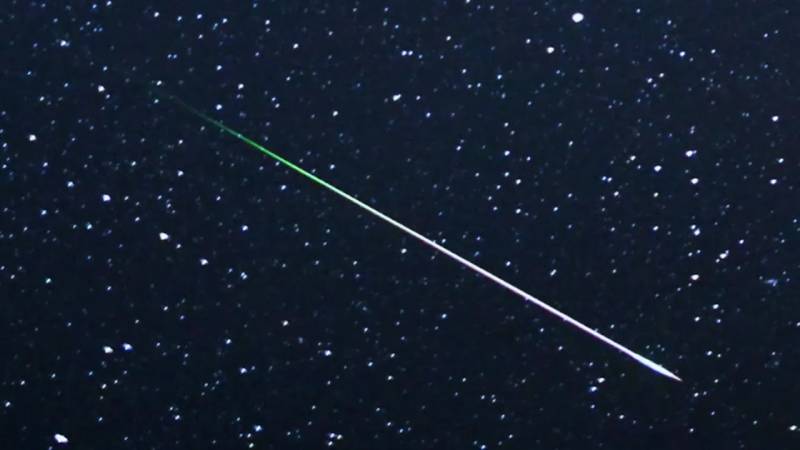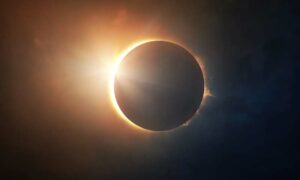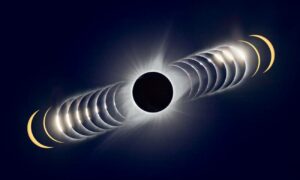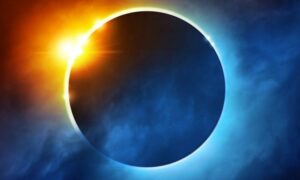What is a meteor?
Shooting stars are another name for meteors, which aren’t actually stars at all. When dust and tiny rocks hit the upper atmosphere of Earth at extremely high speeds—tens of kilometres per second—they burn up, leaving streaks of light in the sky known as meteors.
You may see these bright streaks of light from the ground at night because of these tiny particles. In general, a meteor will be brighter the larger the space dust component.
No meteor shower is necessary to see up to 10 meteors per hour on a regular night from a dark place since space is full of dust.
What is a meteor shower?
When the Earth passes through asteroid or comet debris, meteor showers happen. Every year, they repeat around the same time when Earth rotates in its orbit and travels once more through the debris.
The Perseids, which peak in the middle of August, and the Geminids, which peak in the middle of December, are two of the greatest meteor showers of the year. Because they take place in the summer in the northern hemisphere, the Perseids frequently garner more media attention. The Geminids, however, often produce more meteors.
The constellation that contains the shower’s radiant serves as the inspiration for the names of meteor showers. If you trace a line back along the meteors, all of the lines will converge at the radiant, which is where the meteors appear to be coming from. You may see clear evidence of the Earth orbiting the Sun when you watch a meteor shower because of the effect of the Earth speeding through comet debris!
When does the Orionid meteor shower peak?
The 2023 Orionid meteor shower peaks on October 22 after midnight, although meteors can also be seen in the early morning hours of October 21. At a dark location, the Orionids often emit 10 to 20 meteors each hour. Despite being 37% full, the Moon sets at midnight, leaving dark skies and good viewing (weather allowed) for the rest of the night.
The Orionid meteor shower: what is its cause?
The Orionids are a meteor shower brought on by cometary debris, as is the case with most meteor showers. In this case, comet 1P/Halley debris, often known as Halley’s Comet, is to blame for the shower. Since the comet orbits the Earth every 76 years, it has been visible in the night sky for many years. In 1986, it made a close approach to Earth, and in 2061, it will do it again.
Where will the Orionid meteor shower be visible?
Both skywatchers in the Northern and Southern Hemisphere can see the Orionid constellation. The Orion constellation, which emerges in the east just after midnight in October, will appear to be the source of meteors. From this region, meteors will shoot out in all directions.
Getting as far away from city lights as you can will assist. The greatest place to view a meteor shower is from a black sky location.
How to watch a meteor shower
All you need to see a meteor shower is clear skies, your eyes, and some patience. Step outside, settle in, and take in the view. The ideal time to view a meteor shower is typically between midnight and just before dawn since you are on the leading side of the Earth and may see the cometary debris hit your window like rain.
There’s no need to look at the radiant; in fact, meteors that are farthest from it will appear longer. Although it’s recommended to stare 45 degrees away from the radiant, the most crucial step is to find a dark area away from city lights, give your eyes some time to adjust, and then find the darkest area of the sky you can.
Get outside, enjoy the stars, and have fun!
- Top 5 Health Insurance Stocks to Add to Your Portfolio - July 26, 2024
- 7 Reasons Edamame is Great for Your Health - July 26, 2024
- 2024 Paris Olympics: How Many US Athletes Are Competing? - July 26, 2024





